Introduction to Peperomia
Peperomia, a diverse group of small, easy-to-care-for plants, serves as a popular choice for indoor plant enthusiasts. Each member of the genus displays a unique charm, effortlessly adding aesthetic value to any space. Additionally, these plants boast air-purifying properties that contribute to the betterment of the living environment.
Understanding the Origins and Varieties
Originally hailing from tropical and subtropical regions, Peperomia flourishes in its preferred warm and humid climate. With over 1,000 species existing, the variety among Peperomia plants is immense. Some commonly known types include:
- Peperomia caperata (Ripple Peperomia)
- Peperomia obtusifolia (Baby Rubber Plant)
- Peperomia prostrata (String of Turtles)
- Peperomia argyreia (Watermelon Peperomia)
Growing and Caring for Peperomia

To ensure robust growth and longevity, consider these pivotal care guidelines when cultivating Peperomia:
Light Requirements
Peperomias demand bright, indirect light, which closely mimics their natural habitat. However, they can tolerate moderate light as well. Direct sunlight, on the other hand, can scorch their leaves and should be avoided.
Temperature and Humidity
For optimal growth, maintain a temperature range of 65-80°F during the day and around 60°F at night. Simulate a tropical environment by sustaining high humidity levels, usually around 50-60%. Simple methods such as pebble trays or regular misting can enhance humidity.
Watering Needs
Peperomias have succulent-like characteristics, allowing them to store water. Therefore, avoid overwatering; instead, let the soil dry out between waterings. Use the “soak and dry” method, thoroughly drenching the soil and allowing it to drain properly before the next watering.
Potting and Repotting
Fast-draining soil mixtures with excellent aeration are imperative for healthy Peperomia plants. Usually, a combination of peat moss, perlite, and coarse sand serves as a suitable soil mix. Repotting should only be done when necessary, such as when the plant outgrows its container or wants better drainage.
Overcoming Common Peperomia Challenges
Several challenges can arise while nurturing Peperomia; identifying them promptly is essential for ensuring the plant’s health.
Pests
Common pests that could inflict damage on Peperomia plants are spider mites, mealybugs, and whiteflies. Inspect the plant regularly for any of these signs. Use insecticidal soap or neem oil solutions to combat them effectively.
Diseases
Overwatering leads to fungal diseases, including root rot. Be sure to water only when the soil has dried and avoid having the plant sit in excess water.
Introduction to Peperomia
Peperomia is a delightful, easy-to-grow houseplant genre, popular amongst both beginners and seasoned houseplant owners. Known for its varied aesthetic and easy maintenance, the plant serves as a superstar in the indoor gardening community.
Unveiling Peperomia’s History
Originating in the tropics and subtropics, Peperomia plants find their roots in eye-catching places like the Amazon rainforest. Despite the vast geographic dispersion, they share a common trait of favoring warm, humid environments in the wild. This characteristic carries significant weight when it comes to optimal plant care at home.
Exploring Peperomia’s Appearance
One of the most exciting aspects of Peperomia is the diversity it offers in terms of appearance. You can discover over 1,000 recorded species, each differing in their leaf shapes, sizes, color patterns, and growth habits. While some varieties boast thick, succulent-like foliage, others exhibit thin, rippled leaves. This myriad of possibilities makes Peperomia an exciting and satisfying plant category to explore.
Well-Known Varieties of Peperomia
- Peperomia caperata (Ripple Peperomia): Known for its puckered, ripple-like leaves that offer a unique texture.
- Peperomia obtusifolia (Baby Rubber Plant): Renowned for its thick, glossy, and green round leaves that resemble a rubber plant.
- Peperomia prostrata (String of Turtles): Notorious for its beautiful, tiny turtle-shell-patterned leaves that drape downwards, much like a vine.
- Peperomia argyreia (Watermelon Peperomia): Cherished for its watermelon-like appearance with silver stripes decorating the oval green leaves.
Decoding Their Botanical Nuances
Peperomia, a part of the Piperaceae family, holds a botanical similarity with peppercorns (hence, the name, which translates to “resembling Pepper”). Small yet robust, the plants grow up to 12 inches tall – an ideal size for your living space. Each Peperomia carries succulent-like characteristics, which play a significant role in their care routine, as they enable the plant to store water within.
Maintenance and Care for Peperomia
Prized for their whimsical aesthetic and minimal care requirements, Peperomia plants make the perfect houseplants. By following a few key guidelines, you ensure that your Peperomia thrives and contributes positively to your living space.
Understanding Ideal Conditions
Different types of Peperomia may have slight variations in care needs, but there exist general guidelines that typically apply to all varieties.
Light Requirements
Despite their fondness for tropical environments, most Peperomia varieties do well under bright, indirect light. Mimic their natural habitat by placing them near a north or east-facing window, shielded by a sheer curtain. However, they can still grow in lower light conditions; but do take care to never submit them to direct sunlight, as it could lead to leaf scorching.
Temperature and Humidity
As tropical plants, Peperomia thrive best at temperatures that mimic their original habitat, approximately 65-80°F during the day and around 60°F at night. Keeping room temperature in this range will foster strong and healthy growth.
In terms of humidity, high levels of around 50-60% replicate their native environment and keep your Peperomia happy. If you wish to maintain higher humidity around your plant, consider using humidity trays, enclosing it in a terrarium, or opting for regular misting.
Watering Regimen
Peperomia species largely exhibit succulent-like characteristics that allow them to store water in their thick leaves and stems. This quality significantly impacts their watering requirements.
When and How to Water
Wait until the top layer of the soil feels dry before watering your Peperomia. Overwatering leads to root rot and other detrimental conditions. Implement the “soak and dry” method where you drench the soil completely and then let it dry thoroughly before rewatering.
Soil and Repotting Needs
The choice of potting mix is crucial for a healthy Peperomia. These plants prefer a well-draining mix that prevents waterlogging and promotes aeration.
Ideal Potting Mix
An effective potting mix might be a blend of peat moss, coarse sand, and perlite. This combination provides excellent drainage, ensuring the plant doesn’t sit in water, which could cause root rot.
Repotting
Repotting a Peperomia isn’t necessary unless the plant has outgrown its current pot or the soil isn’t draining well anymore. Generally, changing pots every 2-3 years is adequate.
Propagation of Peperomia

Expanding your indoor garden by propagating an existing Peperomia plant is an exciting, straightforward process. This inexpensive and sustainable option allows you to share your beloved Peperomia with friends and family or simply create more for yourself. The process typically involves stem cuttings, leaf cuttings, or division during repotting. Let’s delve into how to propagate Peperomia effectively.
Propagating with Stem Cuttings
This method is perfect when you want to replicate the parent plant’s exact structure and form. Here’s how you do it:
- Cut a healthy stem: Select a healthy stem with at least two leaves. Cut just below the node (the point where the leaf grows from the stem), ensuring you have at least an inch of stem.
- Prepare the cutting: Remove the bottom leaf, leaving at least one leaf at the top. Trim the stem to about an inch below the node to promote root development.
- Root the cutting in water: Place the cutting in a transparent container with fresh water, ensuring the node is submerged. Position it in a bright spot without direct sunlight to encourage root growth.
- Wait for roots to grow: You can expect roots to sprout in about a couple of weeks. Once the roots have reached about an inch long, the cutting is ready to pot.
- Plant the cutting: Plant the rooted cutting in a well-draining soil medium, like a blend of peat moss and perlite, and water it well. Continue with regular Peperomia care.
Propagating with Leaf Cuttings
Leaf cuttings prove fruitful when you’re trying to manifest more foliage.
- Select a healthy leaf: Choose a full, healthy leaf and cut it off with its stem, similar to stem cutting.
- Cut the leaf in two: Cut the leaf in half horizontally and dip the cut end in rooting hormone (optional but can boost results).
- Prepare your container: Fill a small pot with a well-draining potting mix and moisten it.
- Plant the leaf cutting: Insert the cut end of the leaf into the soil, ensuring it stands up.
- Create a humid environment: To promote root growth, increase humidity by placing the pot in a plastic bag or a mini greenhouse.
- Wait for rooting and shoot growth: In about six weeks, the leaf should root and start showing small buds which will grow into a new plant.
Propagating through Division
If your Peperomia plant has become too large for its planter or appears to have multiple smaller plants bursting from the center, division propagation is a good option. This method allows you to create several smaller plants from one large one.
- Remove the parent plant from its pot: Carefully remove the parent plant from its pot while trying to keep the root ball intact.
- Separate the plants: Gently tease the roots apart to separate the plant into smaller plants, each with roots attached.
- Plant the divided plants: Pot each smaller plant in fresh, well-draining potting mix and water them well.
Achieving successful propagation of your Peperomia requires a little patience, but the reward of seeing new growth from your original plant will certainly be worth it. No matter the method you choose, remember that all new plantlets need the same basic care as their parent — bright, indirect light, well-draining soil, and a careful watering routine.
Pests, Diseases, and Other Issues
Although Peperomia plants are generally low-maintenance and pest-resistant, they are not entirely immune to problems. Most commonly, Peperomia can encounter pests, diseases, and other issues related to improper care. It’s crucial to be aware of these challenges and learn how to tackle them to keep your plant thriving.
Common Pests
Peperomia may attract a few different pests that can damage their leaves and overall health. Here are the primary culprits and how to manage them:
Mealybugs
Mealybugs appear as tiny white, cotton-like insects and can be found on stems, foliage, and leaf joints. They suck sap from the plants, causing stunted growth.
Treatment: Eliminate mealybugs by dabbing them with a q-tip soaked in rubbing alcohol, or washing the leaves with insecticidal soap.
Spider Mites
Spider mites are tiny, red or black insects that feed on the sap of Peperomia leaves, causing stippling and yellowing. They thrive in warm, dry environments and may form webs on the plant.
Treatment: Spray the plant with a mixture of water and liquid dish soap, or use a neem oil solution. Regular misting of the plant can also deter spider mites by raising humidity.
Common Diseases
Disease often strikes the Peperomia plant due to overwatering. Fungal and bacterial pathogens can lead to root rot and leaf spot diseases.
Root Rot
Root rot is a common disease caused by overwatering or poor drainage, which causes the roots to decay and turn mushy.
Treatment: Remove the affected parts and transfer the healthy plant to fresh, dry, well-draining soil. Modify your watering routine, allowing the soil to dry between waterings.
Leaf Spot
Leaf spot disease manifests as brown or black spots on the plant’s foliage and may result from untreated pests, nutrient deficiencies, or excessive humidity.
Treatment: Remove affected leaves, ensure proper drainage, and maintain balanced fertilization to improve the plant’s health. Reduce humidity around the plant if needed.
Other Issues
Aside from pests and diseases, Peperomia plants may exhibit problems associated with improper care, like the following:
Yellow Leaves
Yellow leaves can indicate overwatering or insufficient light. Check the moisture levels in the soil and adjust your watering routine. Provide your Peperomia with bright, indirect light.
Dropping or Wilted Leaves
Underwatering may cause wilting or dropping leaves. Water your Peperomia thoroughly and routinely monitor soil moisture, being careful not to overwater.
Benefits and Uses of Peperomia
The Peperomia plant, with its varied shapes, sizes, and colors, not only adds a splash of aesthetic beauty to homes or offices but also brings with it an array of health and environmental benefits. Let’s delve into these benefits and explore potential uses of this captivating plant.
Health Benefits
Various studies show that having indoor plants like Peperomia significantly contributes to enhancing your well-being.
Air Purification
Peperomia plants are known for their ability to purify the air. They improve the indoor air quality by absorbing and neutralizing harmful pollutants like formaldehyde and carbon dioxide, promoting a healthier living environment.
Increased Humidity
One of the ways indoor plants like Peperomia contribute to human health revolves around humidity. Peperomia absorbs water through its roots, which is then released into the atmosphere, increasing indoor humidity. High humidity can help prevent dry skin, sore throats, coughs, and even dry eyes.
Boosts Mental Health
Indoor plants can significantly enhance mood and cognitive function. The presence of Peperomia in your surroundings can help reduce stress, increase concentration and productivity, and enhance overall mood.
Environmental Benefits
In addition to the health benefits, Peperomia also delivers several environmental benefits.
Ecosystem Services
Peperomia forms an integral part of the ecosystem, serving as a habitat for small insects and contributing to the bio-geographical balance in their natural environment.
Low Water Requirements
Peperomia’s succulent-like properties make it a water-efficient plant. It requires relatively less water, making it a sustainable choice during water shortages or for water-conscious gardeners.
Decorative Uses
Because of their compact size and wide variety, Peperomias serve as excellent decorative plants to spruce up your indoor spaces.
Interior Design
Peperomia’s versatile nature makes it an excellent addition to contemporary interior design. Whether situated on a corner shelf, office desk, or windowsill, it adds a striking visual boost to your space.
Terrariums and Fairy Gardens
Peperomia’s small size and minimal root system make it perfect for terrariums or fairy gardens. The various shapes, colors, and sizes of Peperomia leaves can offer an array of beautiful detailing to these miniature settings.
In conclusion, cultivating Peperomia at home can bring you more than just another indoor plant. They refresh your air, boost your mental health, increase indoor humidity, offer eco-friendly benefits, and liven up your living space with their attractive appearance. Hence, incorporating a Peperomia plant into your home or workspace will surely be a satisfying and beneficial venture.

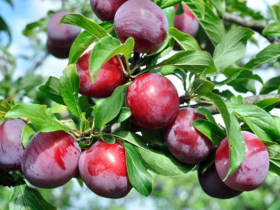
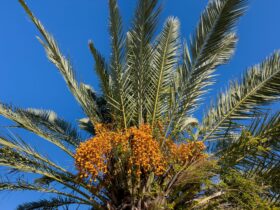

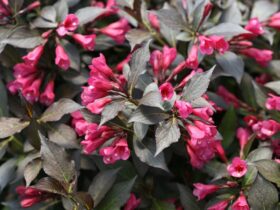
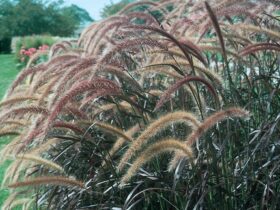
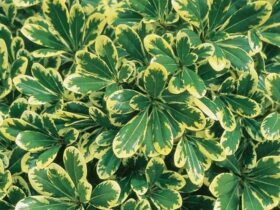

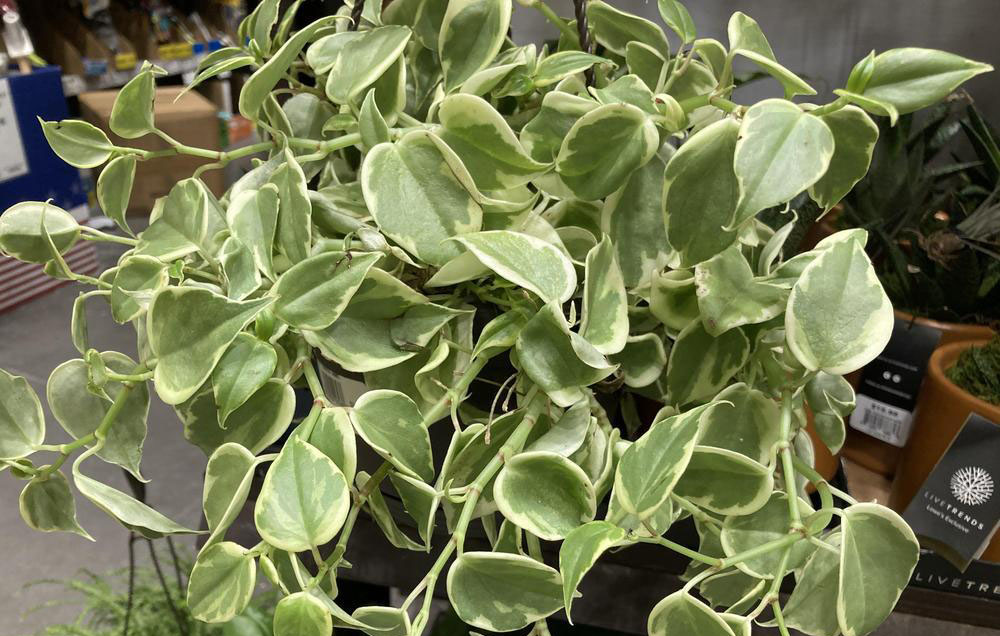
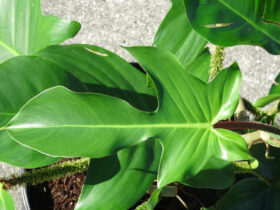



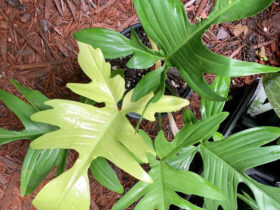
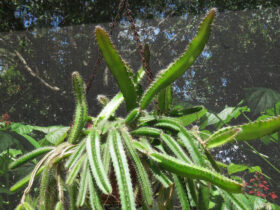
Leave a Reply